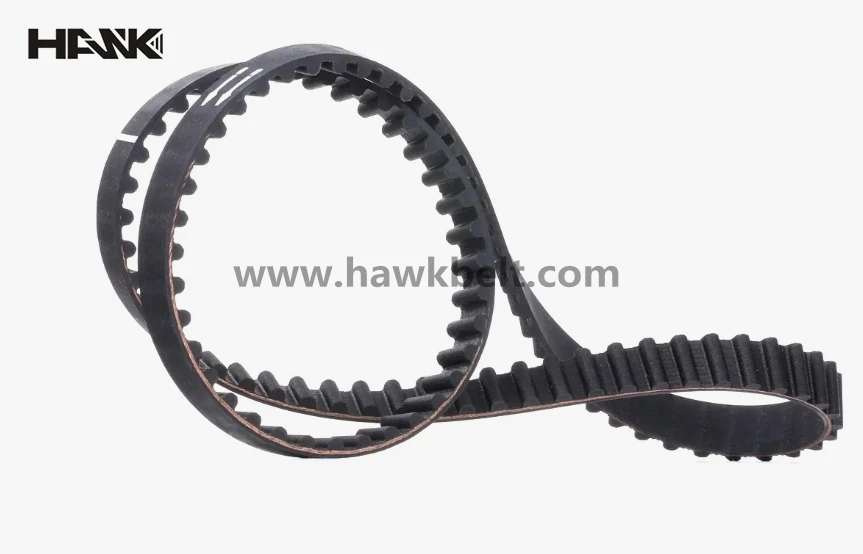- Arabic
- French
- Russian
- Spanish
- Portuguese
- Turkish
- Armenian
- English
- Albanian
- Amharic
- Azerbaijani
- Basque
- Belarusian
- Bengali
- Bosnian
- Bulgarian
- Catalan
- Cebuano
- Corsican
- Croatian
- Czech
- Danish
- Dutch
- Afrikaans
- Esperanto
- Estonian
- Finnish
- Frisian
- Galician
- Georgian
- German
- Greek
- Gujarati
- Haitian Creole
- hausa
- hawaiian
- Hebrew
- Hindi
- Miao
- Hungarian
- Icelandic
- igbo
- Indonesian
- irish
- Italian
- Japanese
- Javanese
- Kannada
- kazakh
- Khmer
- Rwandese
- Korean
- Kurdish
- Kyrgyz
- Lao
- Latin
- Latvian
- Lithuanian
- Luxembourgish
- Macedonian
- Malgashi
- Malay
- Malayalam
- Maltese
- Maori
- Marathi
- Mongolian
- Myanmar
- Nepali
- Norwegian
- Norwegian
- Occitan
- Pashto
- Persian
- Polish
- Punjabi
- Romanian
- Samoan
- Scottish Gaelic
- Serbian
- Sesotho
- Shona
- Sindhi
- Sinhala
- Slovak
- Slovenian
- Somali
- Sundanese
- Swahili
- Swedish
- Tagalog
- Tajik
- Tamil
- Tatar
- Telugu
- Thai
- Turkmen
- Ukrainian
- Urdu
- Uighur
- Uzbek
- Vietnamese
- Welsh
- Bantu
- Yiddish
- Yoruba
- Zulu
Gru . 25, 2024 20:27 Back to list
Understanding Non-Interference Engine Timing Belts and Their Importance in Vehicle Performance
Understanding Non-Interference Engine Timing Belts
When it comes to the intricate world of automotive engineering, one of the most crucial components is the timing belt. Timing belts are essential in an engine, ensuring that the camshaft and crankshaft operate in perfect harmony. However, not all engines are created equal, and they can be broadly categorized into two types interference engines and non-interference engines. This article will delve into the concept of non-interference engine timing belts, exploring their significance, design, benefits, and maintenance.
What is a Non-Interference Engine?
Before we dive into timing belts, it's important to understand what a non-interference engine is. In simple terms, a non-interference engine is designed in such a way that the pistons and valves occupy separate spaces, meaning that they cannot collide with each other. This design significantly reduces the risk of catastrophic engine failure in the event of a timing belt failure. If the timing belt were to break in a non-interference engine, the engine would simply stop running without causing the intricate dance of parts to collide.
The Importance of Timing Belts
Timing belts are rubber belts reinforced with fibrous materials that synchronize the rotational movement of the crankshaft and camshaft. This synchronization is crucial for maintaining proper engine timing, ensuring that the intake and exhaust valves open and close at the right moments. Without a functioning timing belt, the engine will misfire, lose power, or potentially suffer severe damage.
For non-interference engines, the timing belt plays an added role. While a breakage may not lead to extensive damage, it can still result in a significant inconvenience, such as an unexpected breakdown. Understanding the function and maintenance of timing belts in these engines is essential for vehicle owners seeking reliability and longevity.
Benefits of Non-Interference Engines with Timing Belts
1. Reduced Risk of Damage One of the most significant advantages of non-interference engines is that they eliminate the risk of severe engine damage due to valve-piston collisions. This design gives drivers peace of mind, knowing that a timing belt failure will not lead to costly repairs.
2. Simpler Maintenance Non-interference engines often require less complex maintenance protocols for timing belt replacement. Since they don’t risk catastrophic damage from a broken belt, owners can focus on regular maintenance without constant worry about catastrophic failure.
non interference engine timing belt

3. Longer Lifespan While all engines benefit from regular timing belt changes, non-interference engines tend to have a longer usable life when properly maintained. The absence of valve-piston overlap contributes to overall engine lifespan and reduces wear and tear on engine components.
4. Cost-Effectiveness In the long run, non-interference engines can be more cost-effective, especially for budget-conscious drivers. While initial repair costs for timing belts may still be present, the reduced risk of extensive damages means fewer high-cost repairs.
Maintenance of Timing Belts in Non-Interference Engines
Regular maintenance of timing belts in non-interference engines is key to ensuring their longevity and reliability. Here are some general tips
- Check the Owner’s Manual Consult the owner’s manual for manufacturer-recommended intervals for timing belt replacement. This interval can vary widely from vehicle to vehicle.
- Listen for Noises Unusual noises such as squeaking or rattling can indicate that the timing belt or the pulleys are experiencing wear and may need inspection.
- Inspect for Wear Regularly inspect the timing belt for signs of wear such as cracks, fraying, and stretching. Any irregularities should prompt a replacement.
- Professional Servicing While some vehicle owners may feel comfortable changing the timing belt themselves, seeking professional help can ensure that the job is done correctly and thoroughly, including replacement of tensioners and pulleys if necessary.
Conclusion
In conclusion, understanding the function of non-interference engine timing belts is essential for any vehicle owner. While non-interference engines offer significant advantages in terms of reduced risk and maintenance simplicity, they still require diligent care to ensure long-term performance and reliability. With regular check-ups and timely replacements, drivers can enjoy a smooth, worry-free driving experience. Whether you're a first-time car owner or a seasoned driver, being informed about your engine's timing belt is a step towards maintaining a healthy, efficient vehicle.
-
Korean Auto Parts Timing Belt 24312-37500 For Hyundai/Kia
NewsMar.07,2025
-
7PK2300 90916-T2024 RIBBED BELT POLY V BELT PK BELT
NewsMar.07,2025
-
Chinese Auto Belt Factory 310-2M-22 For BMW/Mercedes-Benz
NewsMar.07,2025
-
Chinese Auto Belt Factory 310-2M-22 For BMW/Mercedes-Benz
NewsMar.07,2025
-
90916-02660 PK Belt 6PK1680 For Toyota
NewsMar.07,2025
-
drive belt serpentine belt
NewsMar.07,2025

